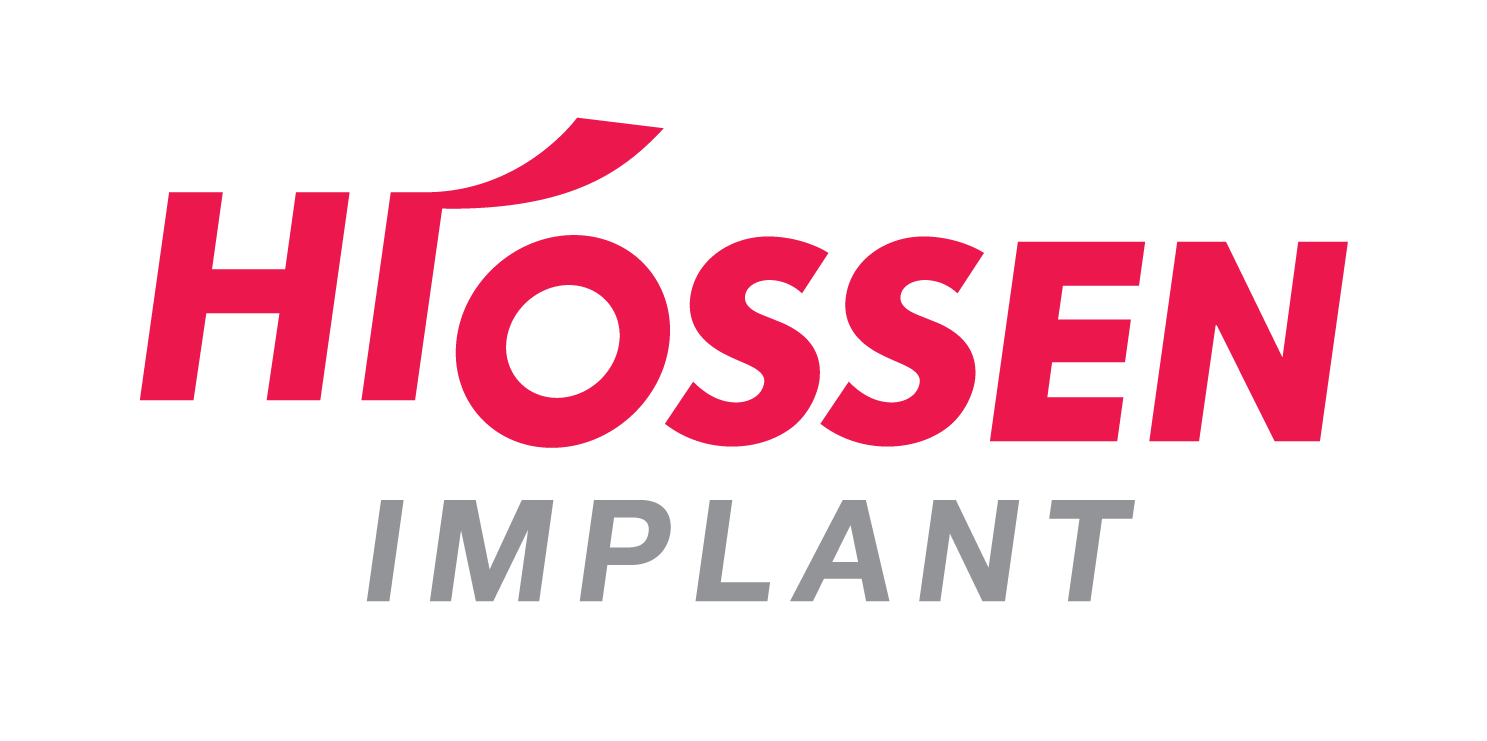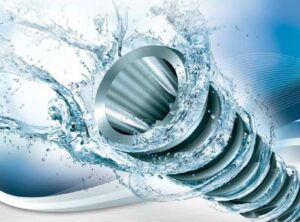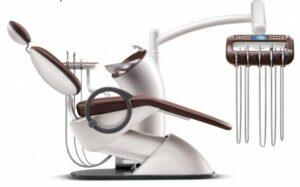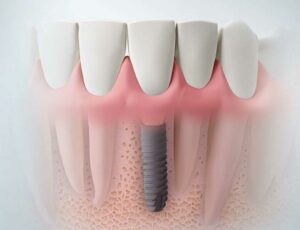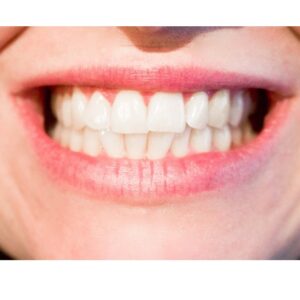The dental implant process provides patients with long-lasting and high-quality results. However, it can also require a large investment of time, money and energy. As a result, you want to give patients the highest possible chance of success when undergoing this procedure.
The dental implant failure rate remains relatively low — around 1.4 percent at one year — but limiting implant failure is still an important area of investigation for implant researchers.
Implant failure accompanies a variety of well-known risk factors, such as low bone density, smoking and improper placement. One emerging risk factor for implant failure involves the surface of the implant itself.
How Are Implant Failure and Implant Surface Related?
For a dental implant to succeed, the bone needs to heal and integrate around the implant. This process, called osseointegration, ensures that the implant is stable enough to load replacement teeth and keep them locked firmly in place. If the bone doesn’t heal properly and the implant remains loose, it’s considered implant failure.
Though some patients may experience implant failure due to complications unrelated to the implant surface, choosing an implant with a moderately rough surface can greatly increase the chances of success. The dips and other irregularities on the surface of an implant give new bone room to grip and migrate, increasing the speed and success of osseointegration.
What Types of Implant Surfaces Are Available?
In 2015, there were approximately 1,300 implant systems on the market. As researchers learn more about the effects of surface treatment on osseointegration, this number continues to grow.
Today, you can choose dental implants with many different kinds of surfaces. The main types include:
- Machined-surface implants: Sandblasting, etching, grinding, polishing and other machining methods give these implants their texture.
- Chemically treated implants: Acid etching and other chemical processes are used to remove parts of the implant material and create a rougher surface.
- Physically treated implants: Physical treatments such as plasma spraying and anodization alter the thickness and texture of the implant’s surface.
In addition to these common surface types, surface coatings that use growth factors, peptides, messenger molecules and other biological components to instigate and speed up osseointegration are being developed by researchers. In the future, these coatings could become essential to a fast implant healing process.
Choosing the Right Implant Surface
Before we can make any strong statements regarding the best type of implant surface, we need more focused research on the relationship between surface coating and dental implant failure.
For now, the best step you can take as a clinician is to choose an implant manufacturer carefully. You should select an implant system with plenty of research backing up its surfacing and manufacturing processes, since companies with less control over these factors tend to produce products with higher contamination.
As a leader in the dental implant industry, Hiossen® Implant works to create safe, innovative and effective implants for dental practices. We approach our manufacturing process with the highest quality-control standards. For more information about our products and their surfacing, contact us today.
